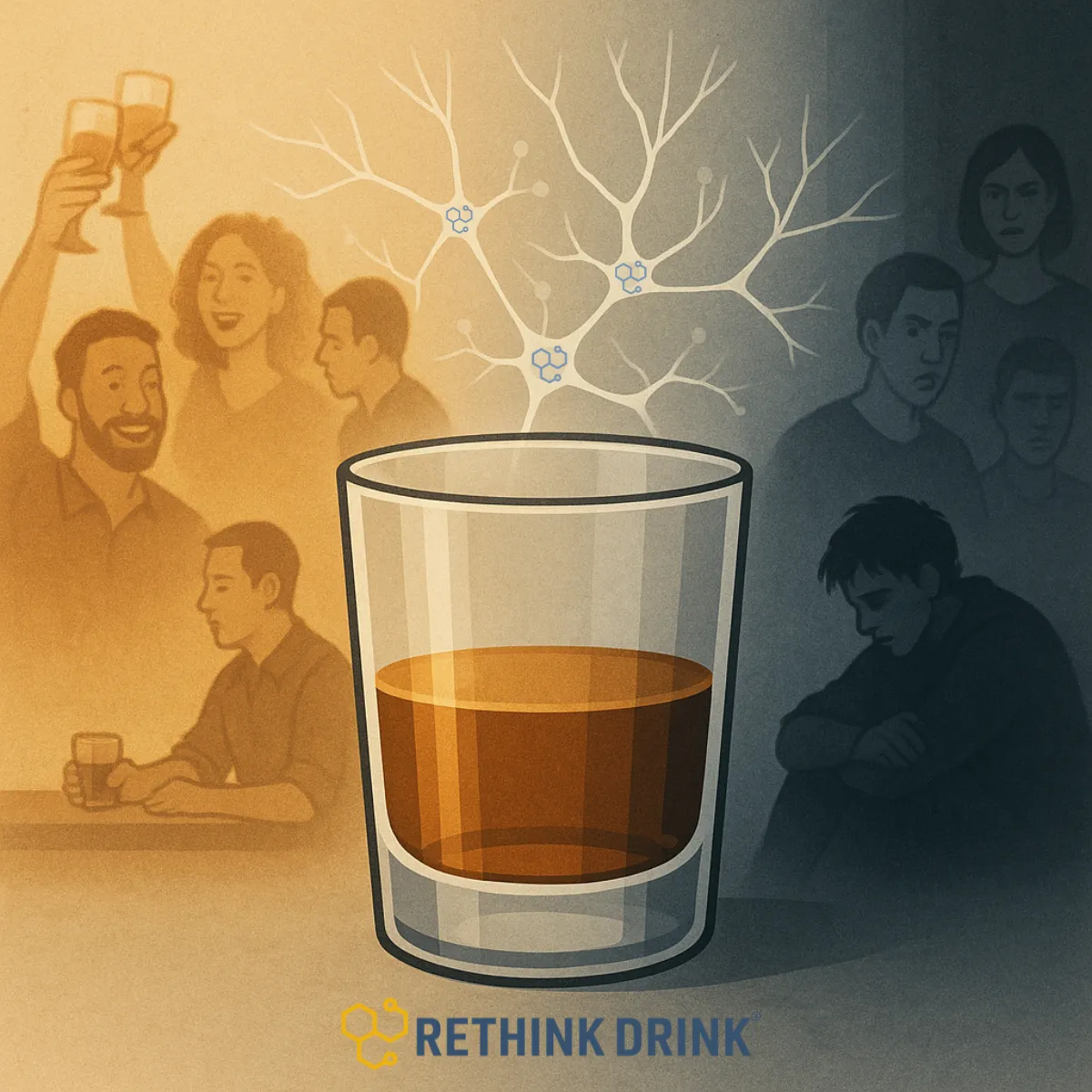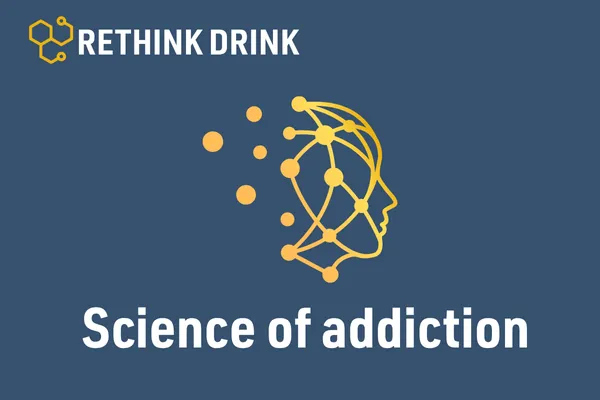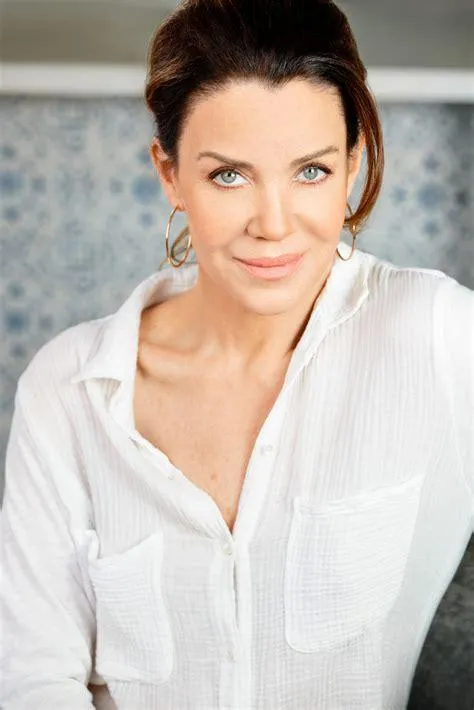Sinclair Method Studies
This article examines the scientific foundation behind TSM, drawing on nearly three decades of peer‑reviewed trials, neuroimaging research, and systematic reviews.

Society has a complicated relationship with alcohol. It’s celebrated, normalised; woven into nearly every occasion: births, business meetings, dates, parties. Yet when someone develops a problem with the same substance - reaction changes completely.

Alcohol has long been used to numb, to celebrate, and to escape—the story quickly turns from one of choice to compulsion. Traditional recovery methods often push for immediate abstinence, yet many find this approach unsustainable.

Claudia Christian, best known for her acting roles in Babylon 5 and 9‑1‑1, is also the founder and CEO of the C Three Foundation. She is a passionate proponent of The Sinclair Method as a science-based medication-assisted approach to alcohol use disorder

For many, the word “detox” brings up images of cold-turkey abstinence, withdrawal symptoms, and white-knuckled willpower. But what if we told you that there’s a method that flips this idea on its head?

Endorphins are naturally occurring chemicals in the brain that help us manage pain and boost pleasure. Often called the body’s “natural opioids”, they are released during activities like exercise, laughing, eating, and social bonding. When endorphins flood the brain, we feel good — relaxed, happy, or even euphoric.

Naltrexone is a powerful tool for reducing alcohol cravings, especially when used as part of the Sinclair Method (TSM). But if you’re considering this approach, a key question often arises: Can I get Naltrexone from my GP?
